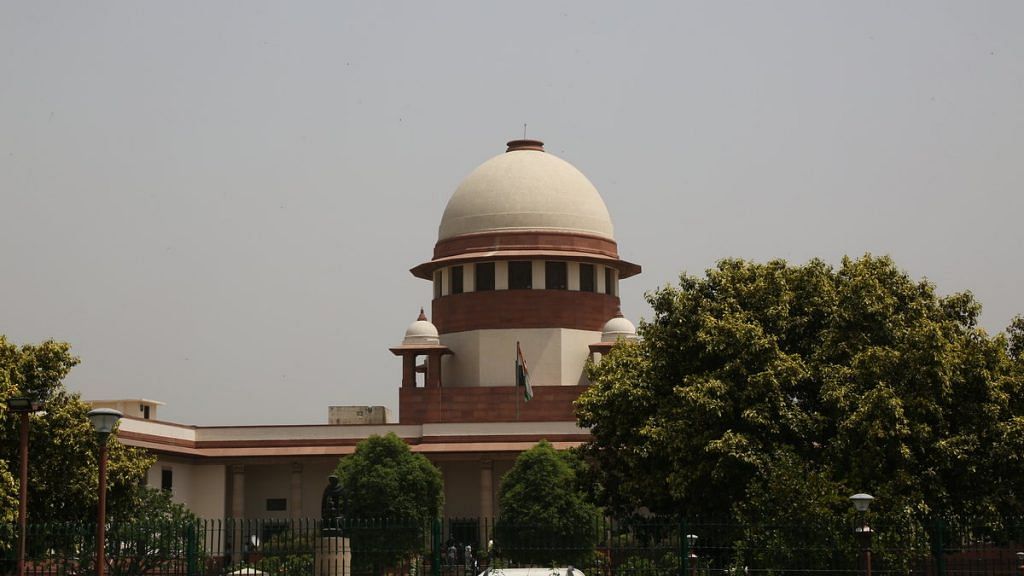CJI designate N.V. Ramana’s proposal for a National Judicial Infrastructure Corporation to meet the infrastructure needs of courts is a sound idea. But it can’t be a corporation tasked with handling only the brick-and-mortar needs of the judiciary. The infrastructure should enable judges to spend their energies on the cases before them.
A 2019 study by Shruthi Naik of DAKSH based on information available on high court websites showed the extent of the problem. The Allahabad High Court had approximately 80 committees and about 300 committee posts distributed across 70-odd judges. Four of the judges in the High Court of Punjab and Haryana bore more administrative responsibilities than the rest, with one judge holding 23 committee posts, another holding 16 committee posts, and two other judges being part of 13 committees each.
Imagine if you were accused of a crime. What would you rather have the judge focus on? The facts and legal aspects of your case, or the agenda for the committee meeting on constructions or procurements scheduled later in the day?
Infrastructure is now commonly understood to have a wider meaning. In the context of the judiciary, this would include many non-judicial support functions (like HR, procurement, finance, etc.), hardware and connectivity management, knowledge management, and other technology needs. It could even be extended to include procedural tasks of cases like serving notices and summons.
Judicial time is a scarce resource that must be used for tasks that would serve society and the litigants most.
Also read: Centre & states should form ‘National Judicial Infrastructure Corporation’, says Justice Ramana
A federal project
While there has been a long-standing call for increasing budgetary allocations to the judiciary, funds allocated don’t get utilised in many cases. The lack of a medium to long-term vision for the judiciary, and clarity on steps required to achieve the vision is felt at all levels.
There are two other aspects of the National Judicial Infrastructure Corporation (NJIC) that need further exploration: ‘national’ and ‘corporation’.
No doubt the administration of justice is in the concurrent list, and both the Union and state governments can take steps in this regard. However, the district judiciary is administered only by the high courts. It is, therefore, critical that this entity should have participation (both financial and in decision-making) of both these levels, and that the NJIC fits within the existing federal framework. The National Judicial Technology Council (NJTC) proposed in the recently released draft vision document for Phase III of the eCourts project provides a good model for this. The NJTC is a body that is recommended to have representation from both the Supreme Court and the high courts in managing technology. It is heartening to see that the CJI-designate in his remarks has also mentioned the need for both the Union and states to come together on this aspect.
Also read: How technology gave LIMBS to Indian judiciary — an app to monitor government cases
Need for a corporation
To be clear, the NJIC should not be building all the infrastructure, or render all of these services itself — it should help understand the needs of the justice delivery system and get vendors, research institutions, and civil society organisations to meet these needs: in time, at a reasonable cost, and at expected quality levels. Having a contractual relationship between the judiciary and the NJIC, or between the NJIC and others, would be critical in defining the deliverables and obligations from both sides. This will need capacity to be built in the judiciary and the NJIC for writing out complex long-term contracts, and managing them. Setting up a body such as a corporation would be beneficial.
In this sense, an NJIC would take a substantial burden off the judges’ workload. Importantly, it would also help bring in specialisation and expertise from outside the judicial cadre, a requirement that is widely felt to make the judiciary meet the needs of a society and economy that is rapidly changing.
Measures to improve accountability of judiciary (like overhauling the performance evaluation system, data transparency, case-flow management to give certainty of events to litigants) are required to be implemented along with the NJIC.
The success of the NJIC will depend on taking onboard judicial officers and the court staff at all levels. It will require a comprehensive change in management plan. It is not just a structural change, it will transform the everyday working of much of the back-end operations of this large-complex system.
The judiciary has for long bemoaned inadequate infrastructure and financial support in fulfilling its constitutional mandate. An NJIC, if thought through fully and implemented in earnest, would address much of these concerns. The focus would then shift to how the judiciary carries out its core functions. Overcoming challenges, and carrying out reforms in that area would require more drastic solutions to be sustained over a period. As often said, be careful what you wish for!
Surya Prakash is a Fellow and Programme Director at DAKSH. Views are personal.
(Edited by Neera Majumdar)
